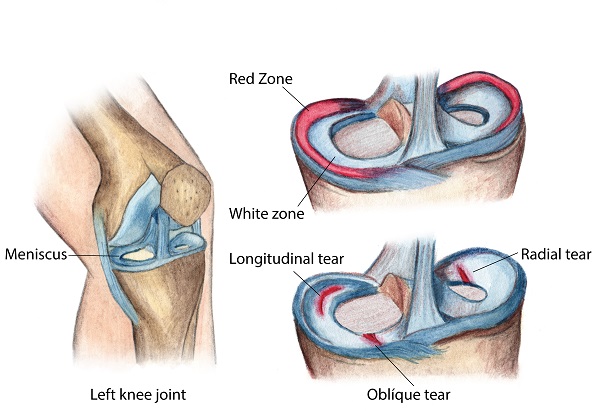Healing a torn meniscus naturally involves a combination of rest, physical therapy, dietary changes, and alternative therapies. The meniscus is a C-shaped cartilage in the knee that acts as a cushion between the thigh bone and shin bone. A torn meniscus can occur due to sports injuries, accidents, or degenerative changes over time. Here’s a comprehensive guide on how to approach healing a torn meniscus naturally.
Understanding Meniscus Tears
Meniscus tears can be classified into several types, including:
- Horizontal tears: These are parallel to the meniscus.
- Vertical tears: These run from the top to the bottom of the meniscus.
- Complex tears: These involve multiple patterns.
- Bucket handle tears: This type resembles a handle and can cause locking in the knee.
Symptoms of a torn meniscus may include pain, swelling, stiffness, and difficulty moving the knee. While surgery is an option for severe cases, many individuals find relief through natural healing methods.
Natural Healing Methods
1. Rest and Activity Modification
Rest is crucial for recovery. Avoid activities that exacerbate pain or stress the knee. Instead, focus on low-impact exercises such as swimming or cycling, which can help maintain fitness without putting undue pressure on the knee.
2. Ice Therapy
Applying ice to the affected area can reduce swelling and alleviate pain. Use an ice pack wrapped in a cloth for 15-20 minutes every few hours during the first couple of days post-injury.
3. Compression and Elevation
Using a compression bandage can help minimize swelling. Additionally, elevating the knee above heart level when resting can further reduce swelling.
4. Physical Therapy
Engaging in physical therapy is essential for rehabilitation. A physical therapist can design a tailored program focusing on:
- Strengthening exercises: These help build muscle around the knee to provide better support.
- Flexibility exercises: Stretching improves range of motion and reduces stiffness.
- Balance training: Enhancing balance can prevent future injuries.
5. Dietary Changes
Nutrition plays a vital role in healing. Incorporate foods high in anti-inflammatory properties such as:
- Omega-3 fatty acids: Found in fish like salmon and flaxseeds.
- Fruits and vegetables: Berries, leafy greens, and cruciferous vegetables are excellent choices.
- Turmeric: Known for its anti-inflammatory benefits, it can be added to meals or taken as a supplement.
6. Hydration
Staying hydrated is essential for joint health and overall recovery. Aim to drink plenty of water throughout the day.
7. Alternative Therapies
Several alternative therapies may aid in recovery:
- Acupuncture: This traditional Chinese medicine practice may help relieve pain and promote healing.
- Massage therapy: Gentle massage around the knee can improve circulation and alleviate tension.
- Chiropractic care: A chiropractor may help realign the body and improve function.
8. Supplements
Certain supplements may support joint health:
- Glucosamine and chondroitin sulfate: These are often used for joint health and may aid in cartilage repair.
- Vitamin D: Essential for bone health, ensuring adequate levels is crucial during recovery.
- Collagen supplements: Collagen may support cartilage health and aid in recovery from injuries.
Monitoring Progress
Regularly assess your progress throughout your recovery journey. If you notice persistent pain or swelling despite following these natural methods, consult with a healthcare professional for further evaluation.
FAQ Section
What is a torn meniscus?
A torn meniscus is an injury to the cartilage in the knee that acts as a cushion between the thigh bone and shin bone. It can result from acute injury or degeneration over time.
How long does it take to heal naturally?
The healing time for a torn meniscus varies based on the severity of the tear but typically ranges from several weeks to a few months with proper care.
Can I still exercise with a torn meniscus?
Low-impact exercises are generally safe; however, avoid activities that cause pain or put excessive strain on your knee.
When should I see a doctor?
If you experience severe pain, swelling that doesn’t improve with home care, or difficulty moving your knee, it’s advisable to seek medical attention.
Are there any risks associated with natural healing methods?
While natural methods are generally safe, it’s essential to monitor your symptoms closely. If you experience increased pain or other concerning symptoms, consult with a healthcare professional.
Conclusion
Healing a torn meniscus naturally requires patience and commitment to self-care practices. By incorporating rest, physical therapy, dietary adjustments, and alternative therapies into your routine, you can promote healing while minimizing discomfort. Always listen to your body and consult with healthcare professionals when necessary to ensure you’re on the right path toward recovery.

